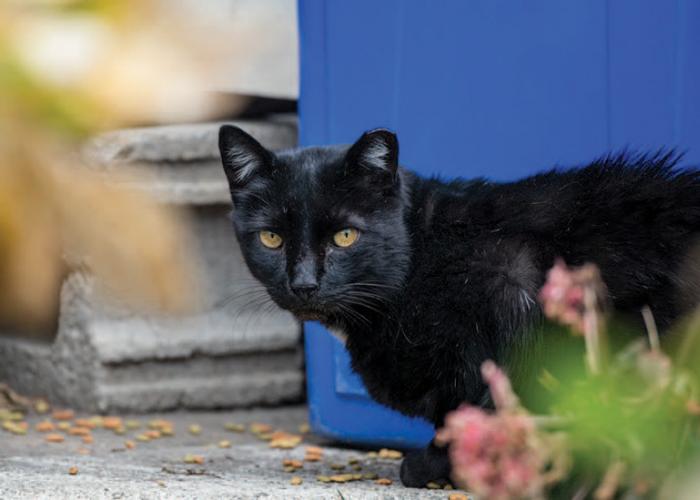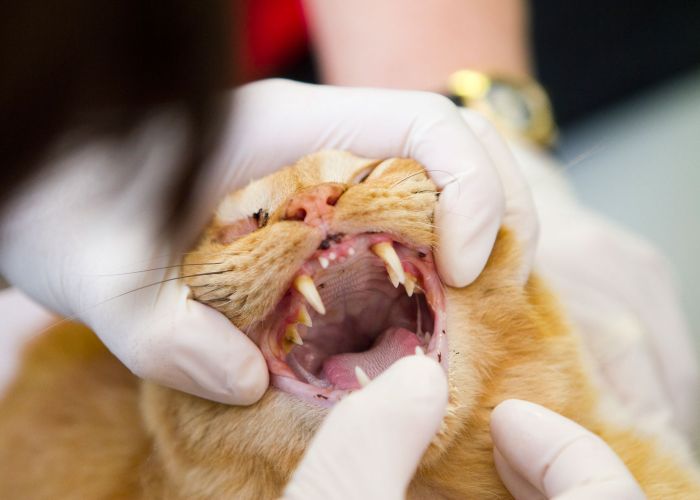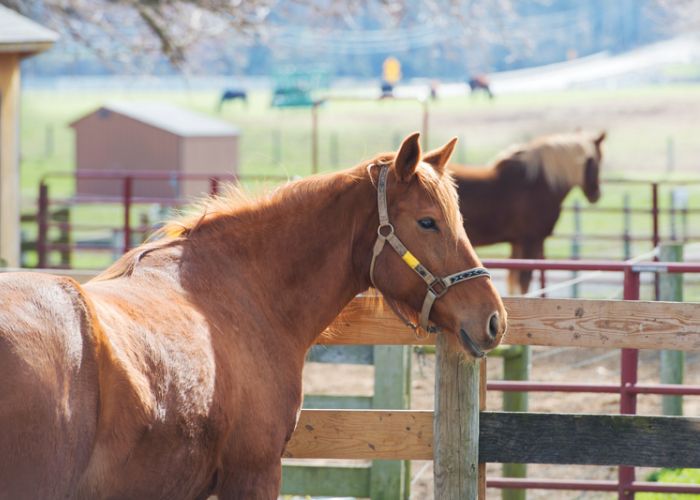Powerful partnerships
Network connects shelters in need with critical resources
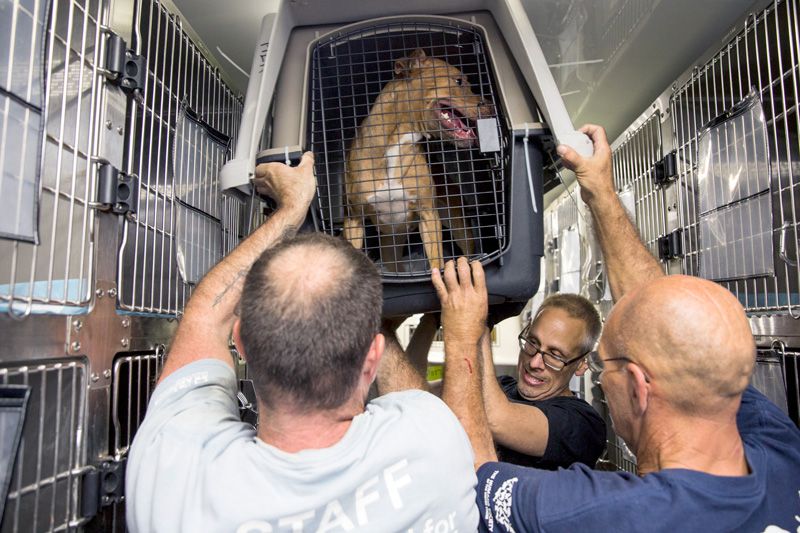
It started with a run-of-the-mill barking complaint. But when officers with Habersham County (Georgia) Department of Animal Care & Control arrived at the property in April 2017, they discovered one of the state’s largest puppy mill operations.
More than 350 animals were living on the property, and not just dogs. There were cats, donkeys, pigs, chickens, ducks, doves, an alpaca and a horse, all in deplorable conditions. Many of the dogs were confined to plastic tubs and under wire mesh, surrounded by mud and feces.
A few hours later, animal control officers returned to the scene with a warrant in hand, accompanied by veterinarian Emily Allison of Alto, Georgia. She took one look at the situation and called one of her clients, David Stroud.
“I don’t think [the officers] had any idea what they’d find,” says Stroud, executive director of the Cashiers-Highlands Humane Society in Sapphire, North Carolina.
After hanging up the phone, Stroud contacted Kimberley Alboum, shelter outreach and policy engagement director for Humane World for Animals and head of its Shelter and Rescue Partners program (formerly called Emergency Placement Partners). Figuring out the logistics of the response would keep staff from all three organizations working late into the night.
By 7 a.m. the next morning, Stroud and his team were on the road with their mobile response rig. Meanwhile, the Humane World Animal Rescue Team had been driving overnight to assist with the raid and to set up a temporary shelter in nearby Clarkesville, Georgia. Stroud and his team provided support for the rescue team members, including using their specialized mobile rig to evacuate 35 to 40 dogs at a time to the temporary shelter.
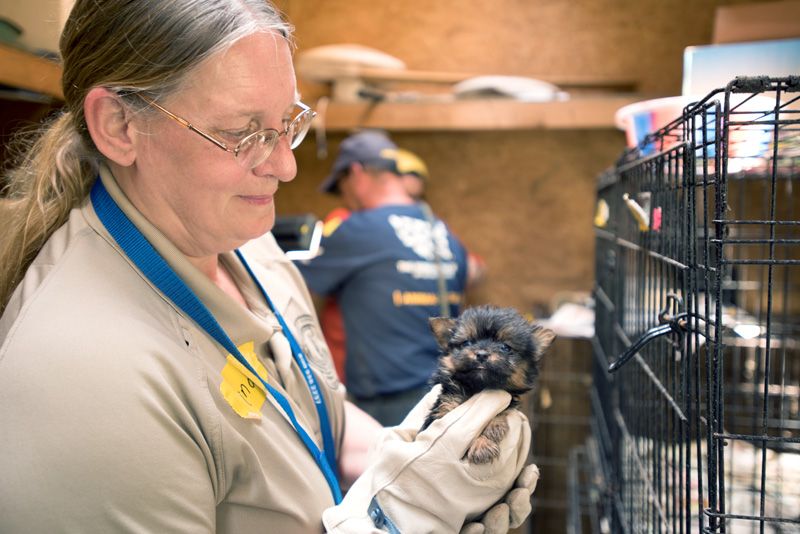
In total, they helped transport roughly 280 dogs, “including many very pregnant mamas,” says Stroud. A week after the bust, his team returned and took 48 dogs back to their shelter for care and adoption, including several with serious health challenges, such as mammary tumors. (Four dogs were transferred to a local partner. By May 2018, the other 44 had been adopted.)
Cashiers-Highlands is one of roughly 350 participants in the Shelter and Rescue Partners program. Seasoned responders such as the Cashiers-Highlands team, who have been trained in emergency response and evidence handling, “deepen our bench,” says Sára Varsa, senior director of the Humane World Animal Rescue Team. “It’s invaluable to have someone you can trust and work with in that way.”
Alboum agrees, adding, “What started out as a program to place animals from cruelty cases and during disasters has turned into this huge network. With the network, it’s like Humane World for Animals has thousands of people on the team with hundreds of vehicles.”

The mini-hub approach
In 2017, the network was put to the test as a relentless assault of hurricanes marched across Puerto Rico and portions of the southern United States. Shelter and rescue partners stepped up to help their sister shelters in a race against time to save animals from weather-battered regions.
“Relatively speaking, we’re out of the disaster zone here in Wisconsin. That makes us kind of prime territory to receive animals,” says Lynn Olenik, executive director of the Humane Animal Welfare Society in Waukesha. HAWS has been a part of the Shelter and Rescue Partners network for several years, but in 2017 it became what Alboum calls a “mini-hub”—a shelter that can receive a large number of animals, quarantine them and provide medical care if necessary and coordinate transfers of animals to other agencies.
Olenik says her organization’s initial involvement in the network stemmed from a need to find more dogs for local adopters. Last July, when a flight of dogs rescued from the Korean dog meat trade landed at O’Hare International Airport in Chicago, the HAWS crew drove there three times to bring back dogs. But the transport was difficult.
Then Olenik and Jessica Pinkos, director of special projects, realized they were overlooking a much easier solution in the form of a local airport right across the street from the shelter.
The first transport to arrive at the neighboring airport was a group of shelter dogs evacuated from Houston in advance of Hurricane Harvey. Then HAWS received a plane full of animals evacuated from Florida prior to Hurricane Irma.
HAWS was already full of cats, so to find spots for the felines who were winging their way to Wisconsin, while still providing for local cats in need, Pinkos got on the phone and called local vet clinics, explaining the situation. Three clinics stepped forward to handle the cats and their adoptions, and one even volunteered to take in some of the sickest dogs. Pinkos says staff from one practice were so excited to help they met the plane at the airport wearing special “rescue team” scrubs they’d had made for the occasion.
In all, Harvey and Irma brought approximately 50 dogs and 12 cats to HAWS.
But that was nothing compared to Hurricane Maria. “We really stretched our ability there,” says Pinkos of the 115 dogs HAWS took into its shelter from Puerto Rico, many of whom were seniors. HAWS kept many of the dogs and arranged for the others to go to other local shelters and rescues.
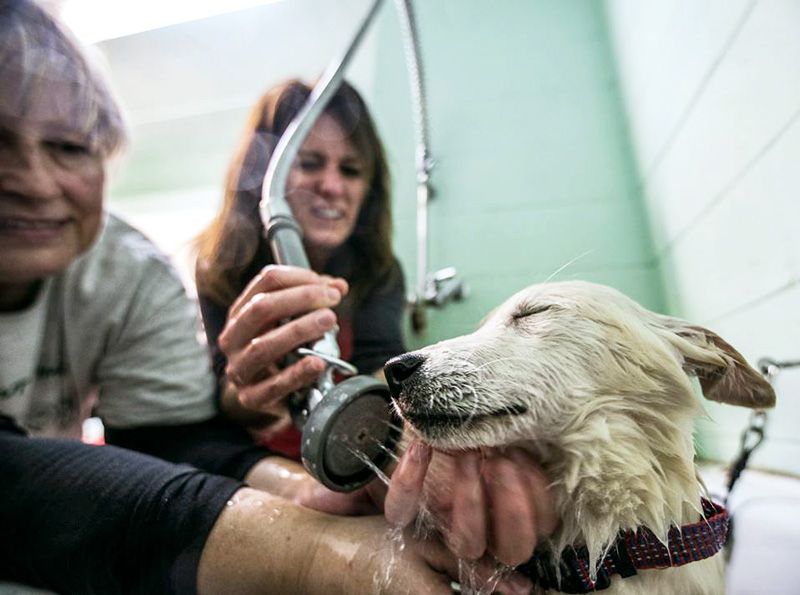
Shelters helping shelters
Initially designed to place animals from large-scale cruelty cases and disasters, the Shelter and Rescue Partners program has evolved into a next-generation resource for homeless animals and those who care for them. The program even has resources to help farm animals, exotics and wildlife.
As the program’s coordinator, Alboum has watched it take on a life of its own. Nina Stively and her crew at Loudoun County Animal Services in Virginia are a prime example of the program’s new model of matching needs with resources.
In January 2018, Jorge Ortega took over as the animal services director for Guilford County, North Carolina. The municipal shelter “had a tough history of complex and profound issues,” including low live-release rates and criticism from the community, says Stively. When the Shelter and Rescue Partners program put out a call for shelters to take some pressure off the Guilford facility by transferring out 100 animals, Stively saw an opportunity to do more. She reached out with an offer of training and support.
In late February, Stively and three of her staff spent several days with Ortega and his team, first shadowing them to learn the lay of the land, then offering a series of low- or no-cost options to help improve protocols and procedures.
The Loudoun County team demonstrated how clicker training can create a calmer, quieter atmosphere among the dogs. They also showed Guilford staff how to use old shipping boxes to create hiding spaces in cat cages. Stively says these simple stress relievers drastically reduced the rate of upper respiratory infections at their own shelter.
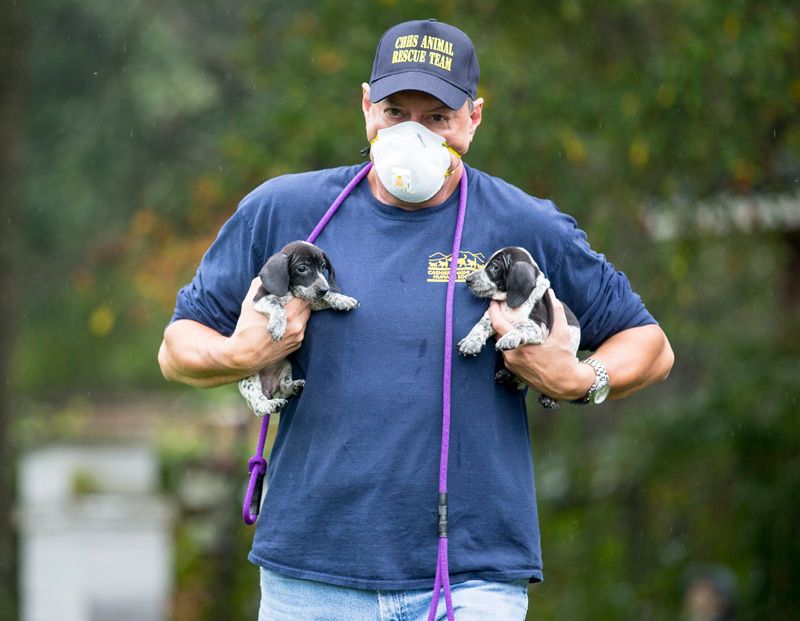
The trip was inspiring, Stively says, and the Loudoun County team plans to stay connected with Guilford. “This is shelters helping shelters,” she says, and that’s something both animals and people could use a lot more of.
“The expertise throughout this program is unbelievable,” says Alboum, who adds that letting shelters step forward and take bigger roles is part of the future of sheltering. “Partners have the best contacts locally, and there’s nothing more powerful than the voice of a shelter to mobilize resources in their own community.”
As part of this forward movement, the Shelter and Rescue Partners program’s new Shelter Ally Project will match shelters in need with those that have resources and knowledge to share.
For Alboum, it’s just the tip of a very exciting iceberg that could include finding homes for all adoptable animals. “I don’t know what this program, or even sheltering, is going to look like in five years,” she says, “but we’re going to keep moving forward.”



